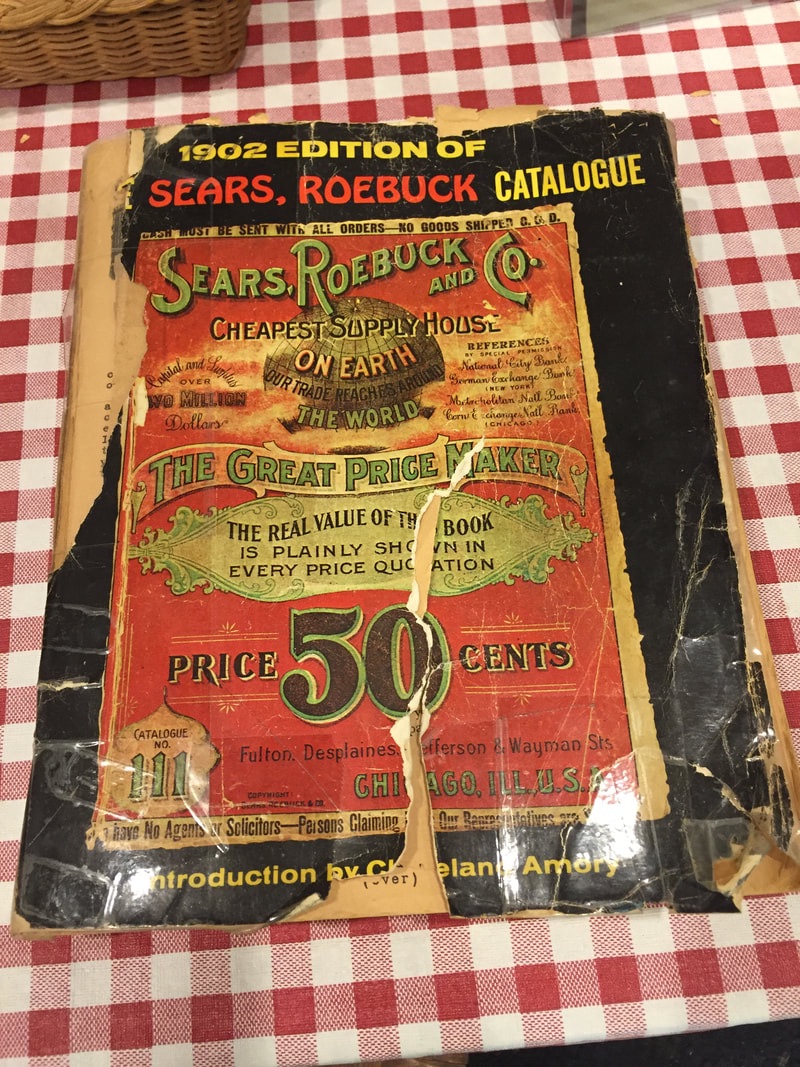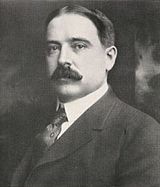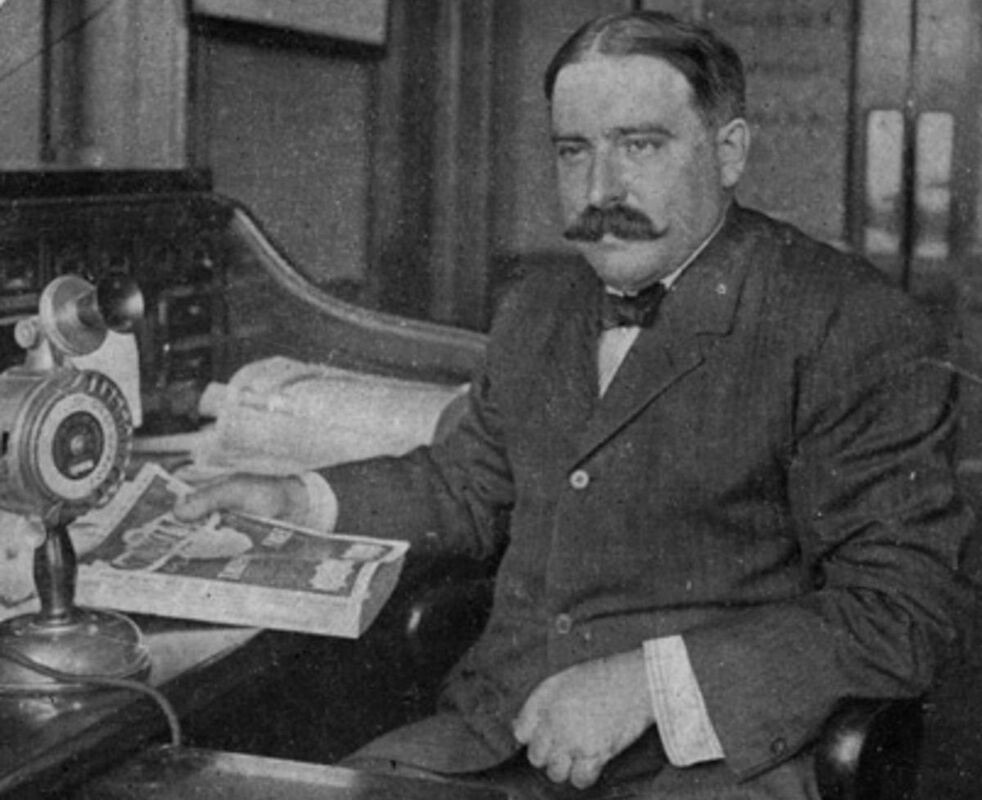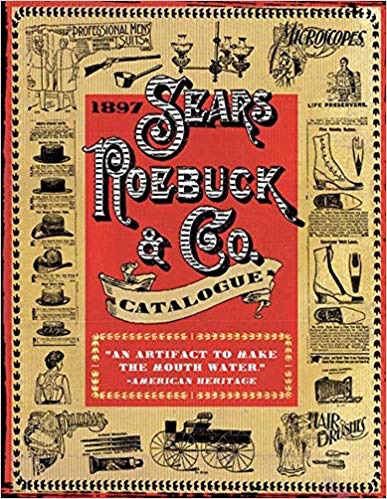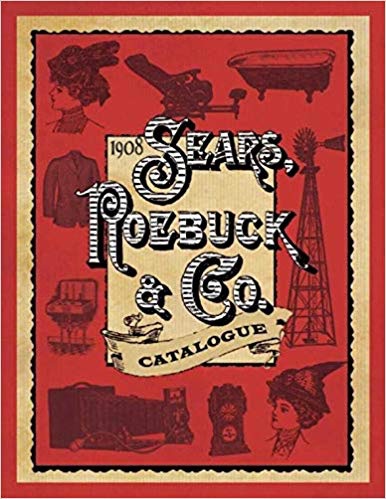Sears, Roebuck Catalogue
"Wishbook"From 1908 to 1940, the catalog even included ready-to-assemble kit houses. Novelists and story writers often portrayed the importance of the catalog in the emotional lives of rural folk. For children and their parents, the catalog was a "wish book" that was eagerly flipped through. It was not a question of purchasing but of dreaming; they made up stories about the lives of the models on the pages. The catalog was a means of entertainment, though much of its magic wore off with the passing of childhood.
The 1903 catalog included the commitment "Your money back if you are not satisfied," and Richard Sears added a handwritten note to his customers. Always looking to cater to customer needs, Sears employed translators who could "read and write all languages." He featured new items such as barber chairs, disc graphophones, and basketballs and goals (hoops). The next year he sold the Eveready searchlight and the babygate, and the company announced the opening of the Sears camera factory. The wig department added wigs for African-American men and women. To encourage repeat customers, Sears initiated a program called "customer profit sharing" giving the customer a one-dollar certificate for every dollar spent. By accumulating these certificates the customer could redeem them for specific items.
|
Richard Warren SearsRichard Warren Sears was a railroad station agent in North Redwood, Minnesota, when he received from a Chicago jeweler an impressive shipment of watches which were unwanted by a local jeweler. Sears purchased them, then sold the watches for a considerable profit to other station agents, then ordered more for resale. Soon he started a business selling watches through mail order catalogs. The next year, he moved to Chicago, Illinois, where he met Alvah C. Roebuck, who joined him in the business. Farmers did business in small rural towns. Before the Sears catalog, farmers typically bought supplies (often at high prices and on credit) from local general stores with narrow selections of goods. Prices were negotiated, and depended on the storekeeper's estimate of a customer's creditworthiness. Sears took advantage of this by publishing catalogs offering customers a wider selection of products at clearly stated prices. The business grew quickly. The first Sears catalog was published in 1888. In 1893, Richard Sears and Alvah Roebuck renamed their watch company Sears, Roebuck & Company and began to diversify. By 1894, the Sears catalog had grown to 322 pages, featuring sewing machines, bicycles, sporting goods, automobiles (produced from 1905 to 1915 by Lincoln Motor Car Works of Chicago, no relation to the current Ford line), and a host of other new items. By 1895, the company was producing a 532-page catalog. Sales were greater than $400,000 in 1893 and more than $750,000 two years later. By 1896, dolls, stoves and groceries had been added to the catalog.
|
Department StoresThe company was badly hurt during 1919-21 as a severe depression hit the nation's farms after farmers had overexpanded their holdings. To bail out the company, Rosenwald pledged $21 million of his personal wealth. By 1922, Sears had regained financial stability. First he oversaw the design and construction of the company's first department store within Sears, Roebuck's massive 16-hectare (40-acre) headquarters complex of offices, laboratories and mail-order operations at Homan Ave. and Arthington St. on Chicago's West Side. The store opened in 1925. In 1924, Rosenwald resigned the presidency, but remained as chairman until his death in 1932; his goal was to devote more time to philanthropy.
|
